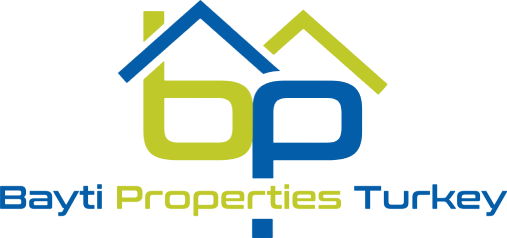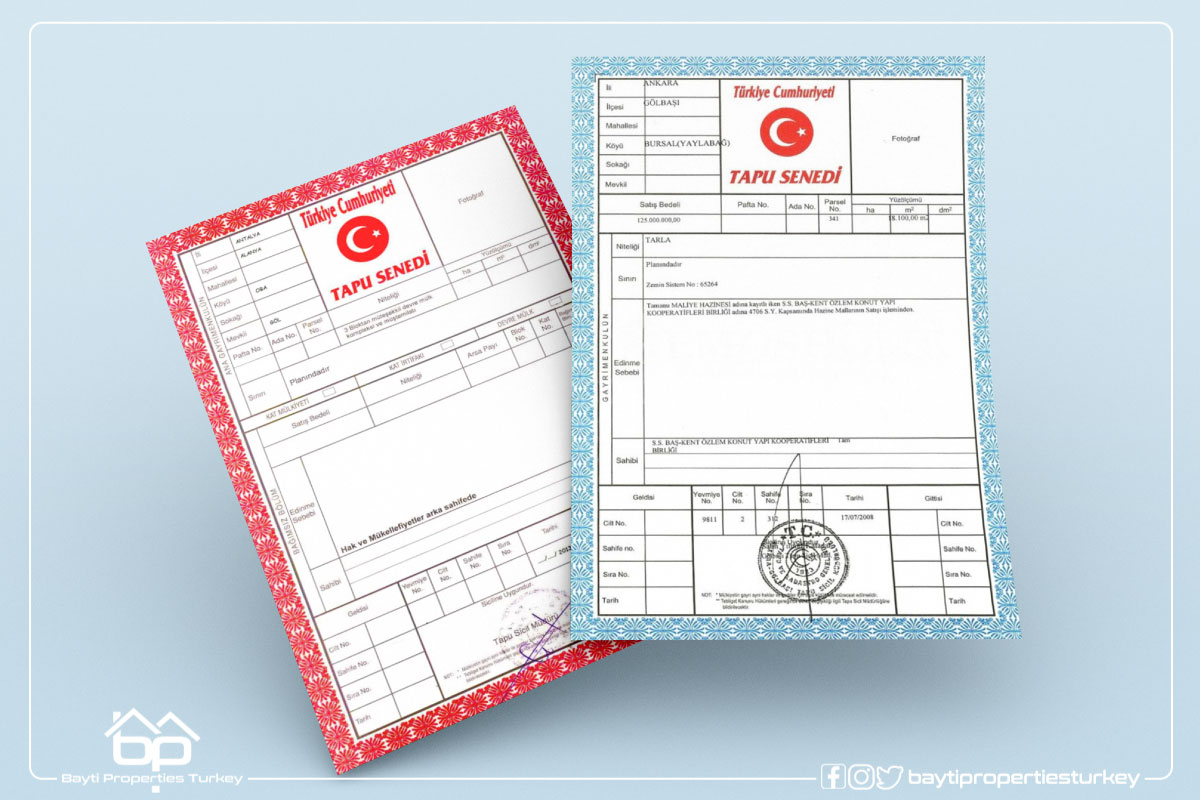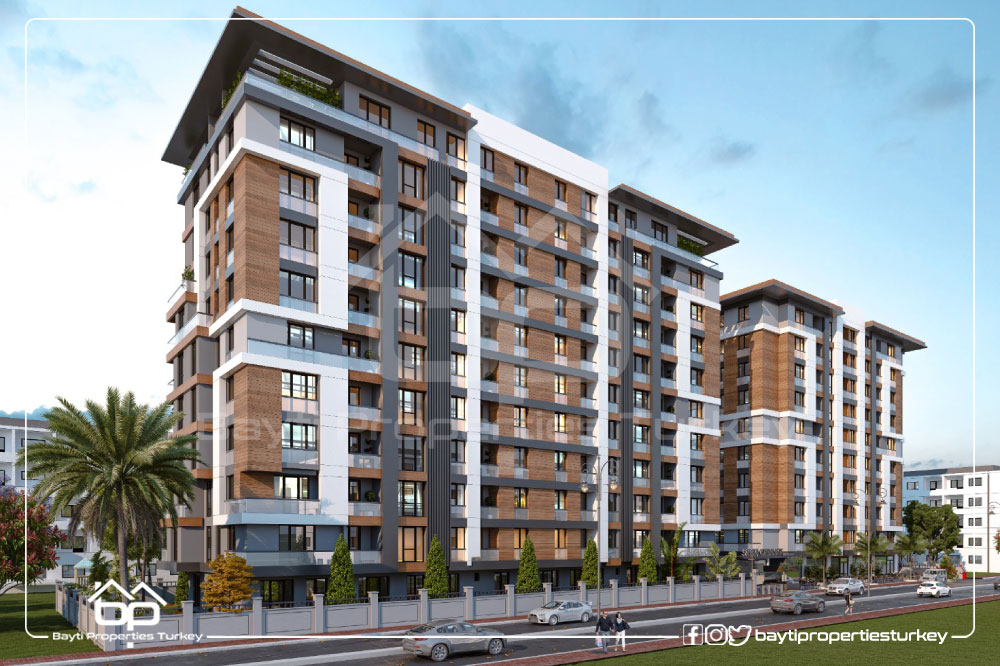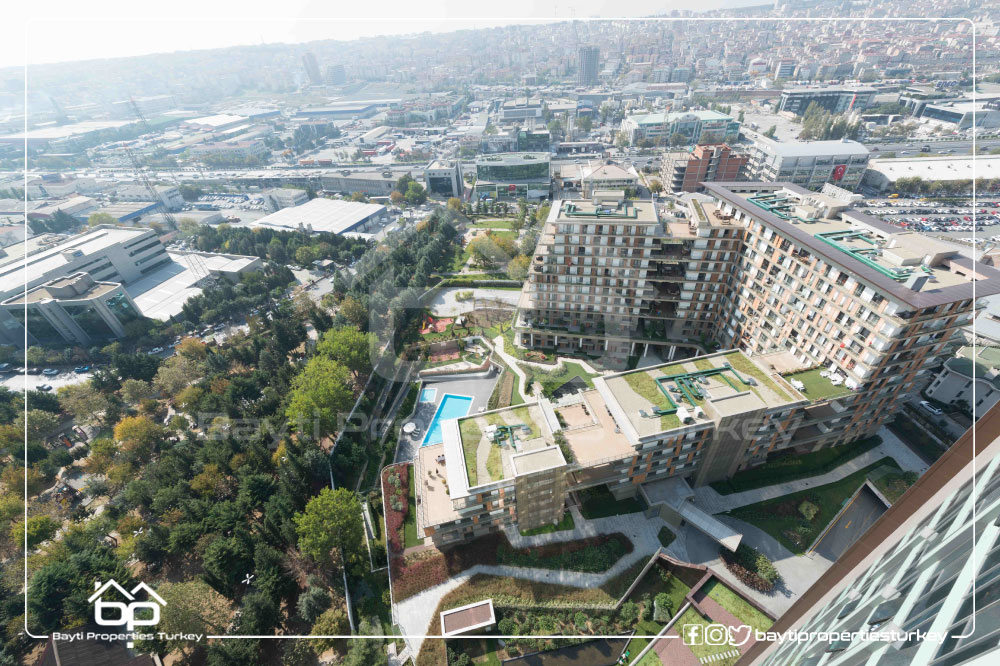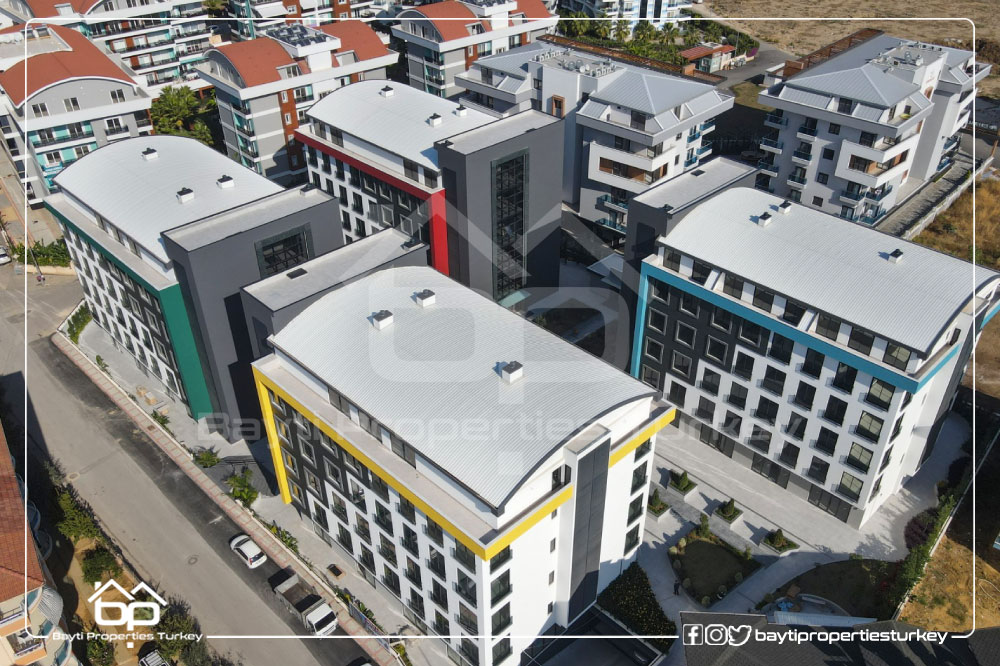5 basic types of title deeds in Turkey:
The title deed is a document that proves a person’s ownership of the property before the law and the state.
Title deeds in Turkey have several types, the most important of which are:
- Agricultural title deed in Turkey:
This type is called the blue title deed, and it is specific to agricultural lands and field real estate, in which the owner can carry out fieldwork, such as agricultural work and raising poultry and livestock.
This type of title deed differs from the red title deed for residential units, and the lands included in the blue title deed differ from the lands included in the city’s organizational chart.
Sometimes there is a change in the reconstruction plan in the area, and therefore the agricultural land can bear the character of reconstruction, and therefore here it is necessary to go to the concerned municipality to change the sex of the property and change the type of title deed.
- Building bonds of types of Tapu in Turkey:
The property is considered as a single block entirely without mentioning any information about the independent sections within it. Stores and factories fall under this classification in addition to the independent houses, the barn, and their accessories.
- Real Estate Easements:
In contrast to the building bonds here, each section of the property is registered independently. At first, it is planned to build a project on a specific plot of land, request approval for construction, and then divide the project into independent parts, such as apartments within a residential building.
Here, special bonds are organized for each department separately, and this bond shows the location of the department and its information, regardless of whether the project has been implemented or not. The issuance of the housing approval is the allocation of title deeds to the property.
- Floor easement from the title deed documents in Turkey:
Floor ownership records guarantee the rights of the property owner in Turkey. This document represents the owner’s right to own a specific floor of the building and is evidence that he has adhered to the building law when the building is fully constructed.
There is also a bond of another type called the “floor easement” bond, where the construction contractors extract it to collect the necessary financing for the project. This bond shows the shares of the property in full and the share of each owner thereof, and it is called the easement bond because only the middlebox is marked in the title deed (Tapu) therefore it is not a full ownership bond.
- Full Title Deeds:
These bonds are issued after the completion of the project in full, and they record the ownership of the property and the independent sections within it, with an emphasis on the existence of approval to benefit from each section independently. As a result, a title deed is organized for each section that clarifies and proves the ownership of the bondholder for this section.
It contains information about the number of apartments or sections, their exact location within the building, and the amount of their share of the land on which the project is built. But when this information is not mentioned, this indicates that this property has not yet obtained the full ownership right or the right of real estate easement.
In the absence of such information in the title deed, this means that the property in question has not yet obtained the full ownership right or the right of real estate easement.
When the easement deed is obtained, the number of the apartment or the independent section, its location and its share of the land on which the property is built, and the type of property is mentioned as construction land. Bonds, as indicated in the tabu type box, whether it is transitional or complete ownership or a real estate easement.
